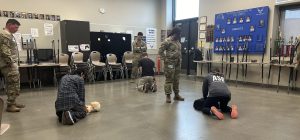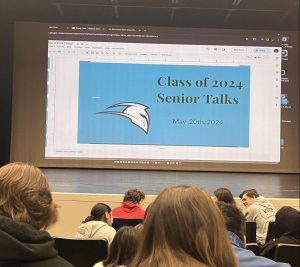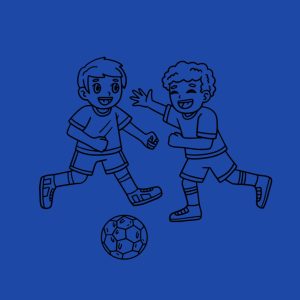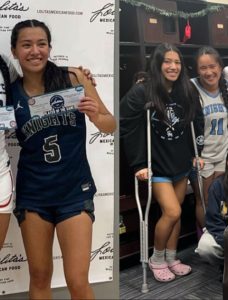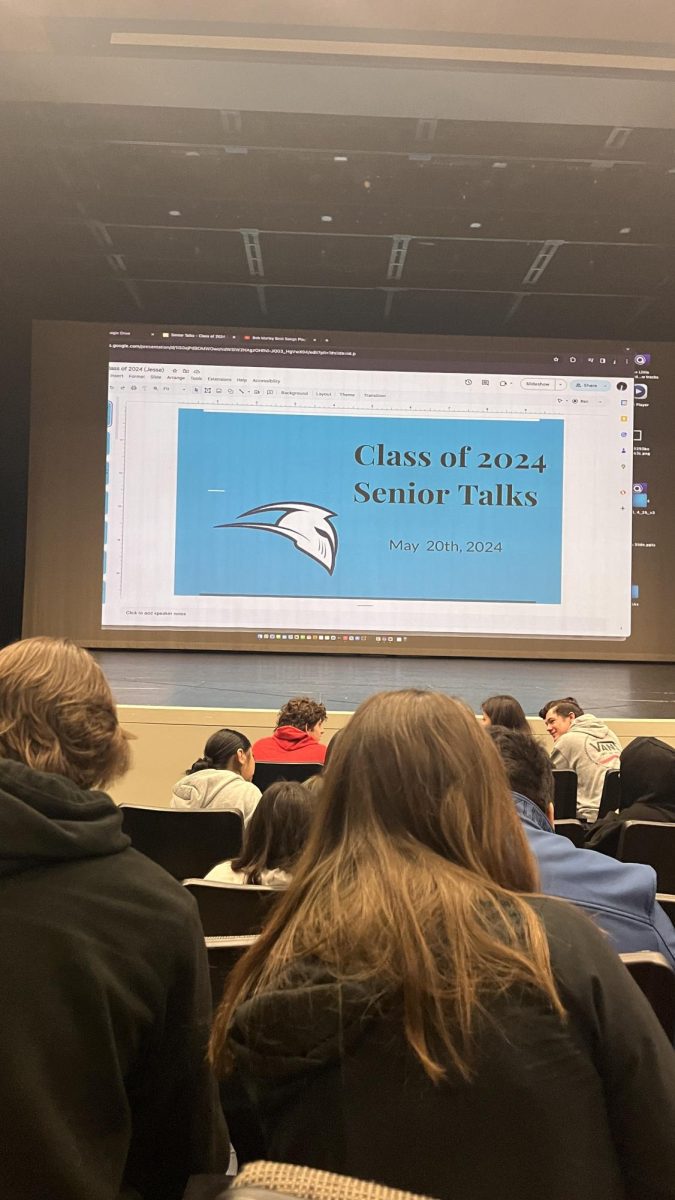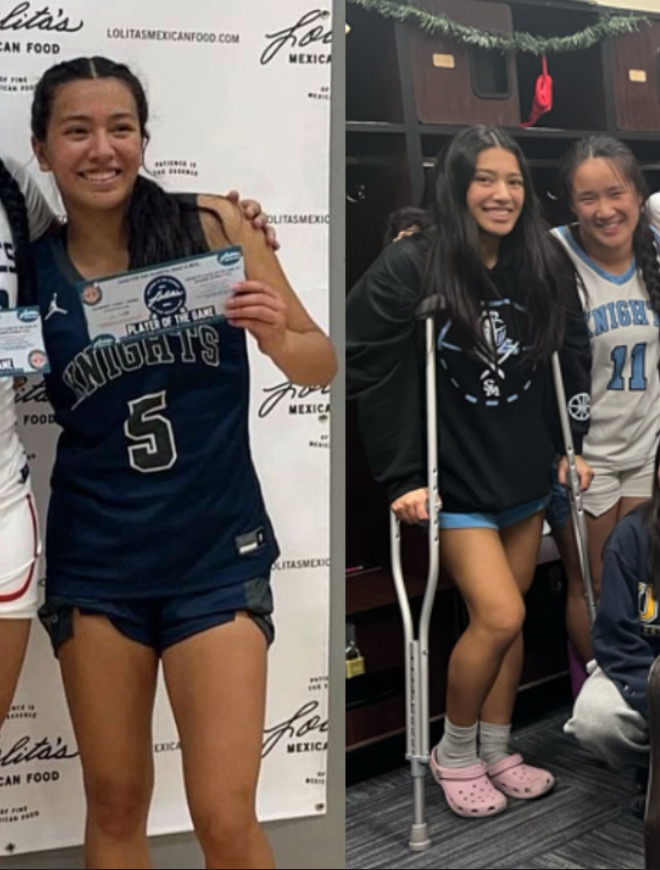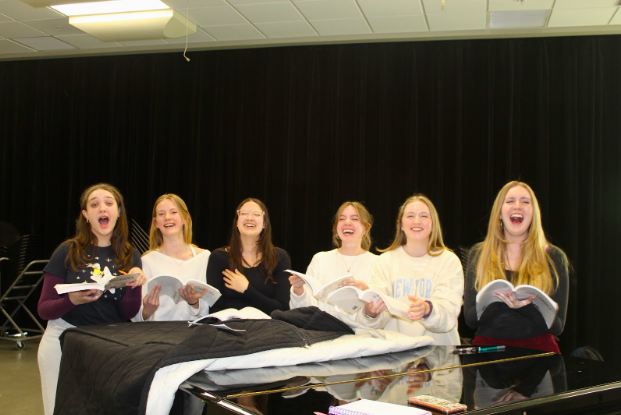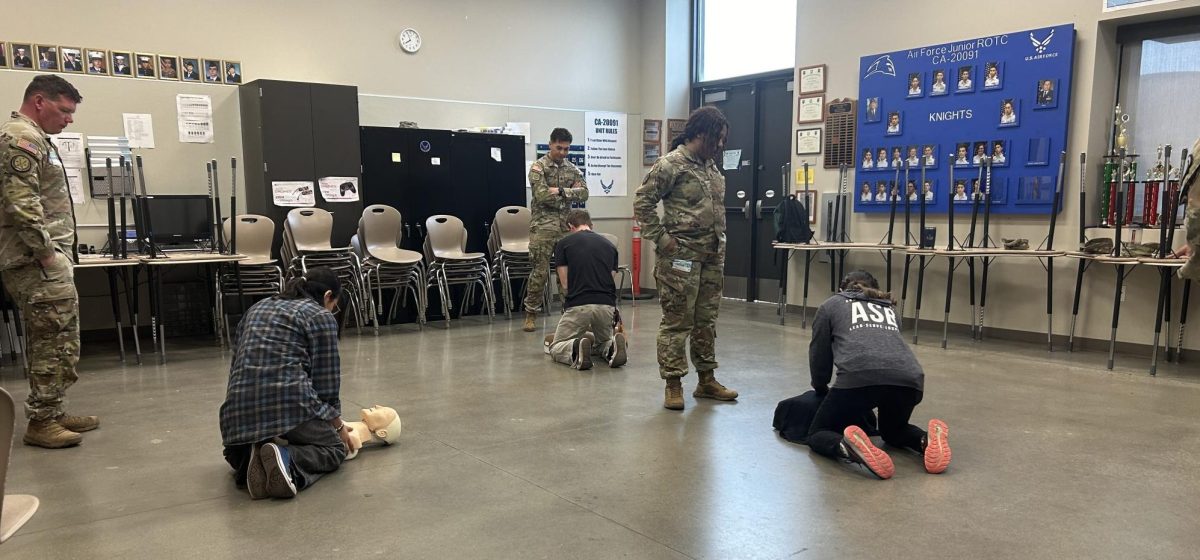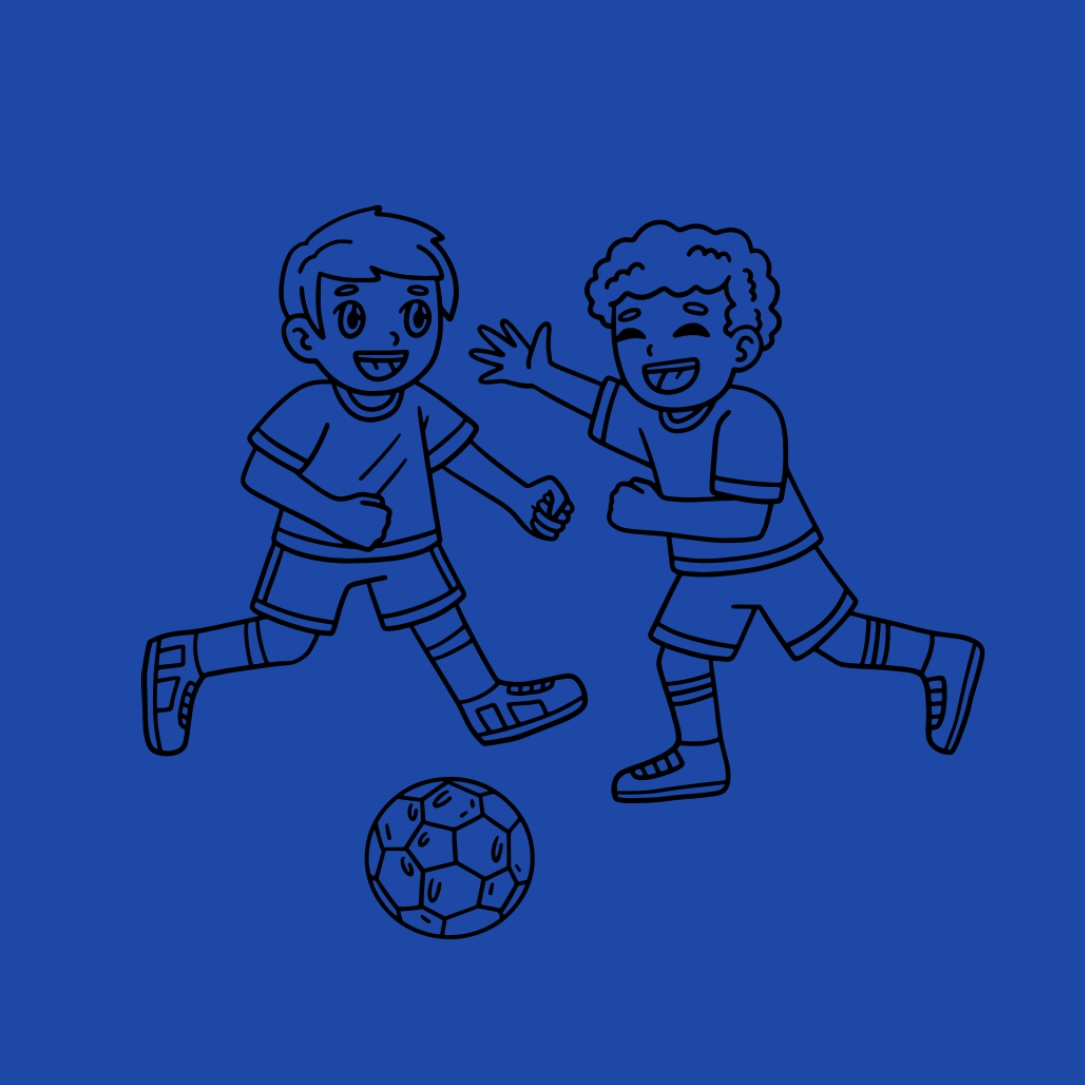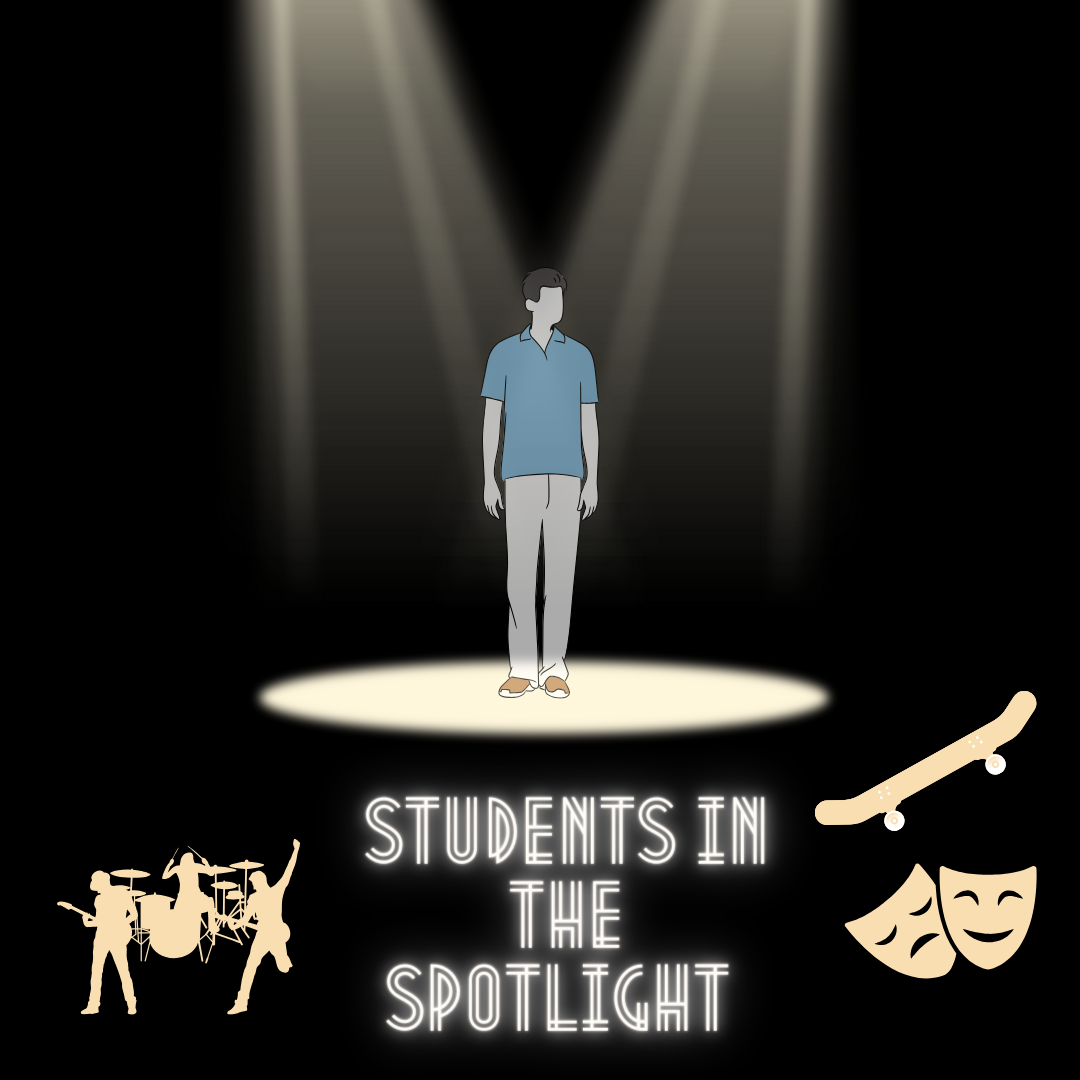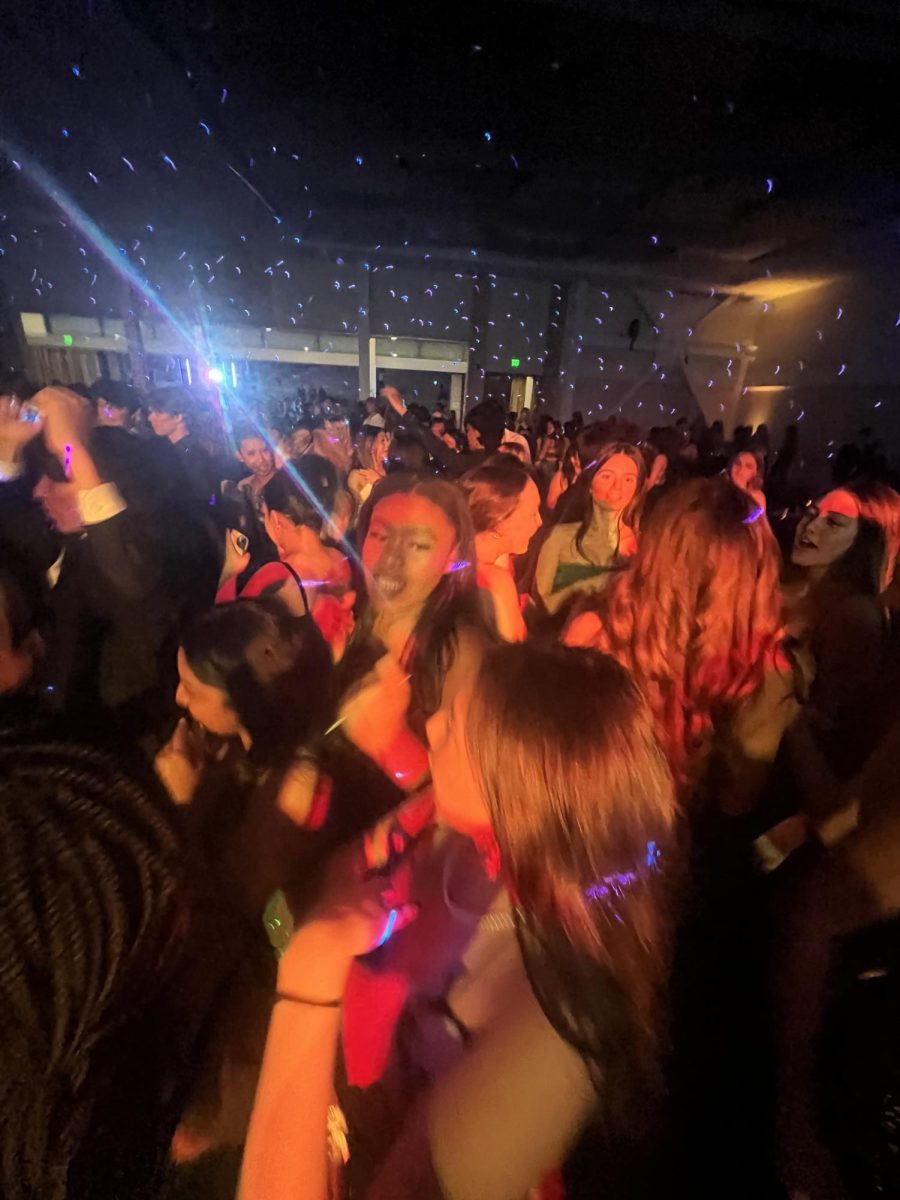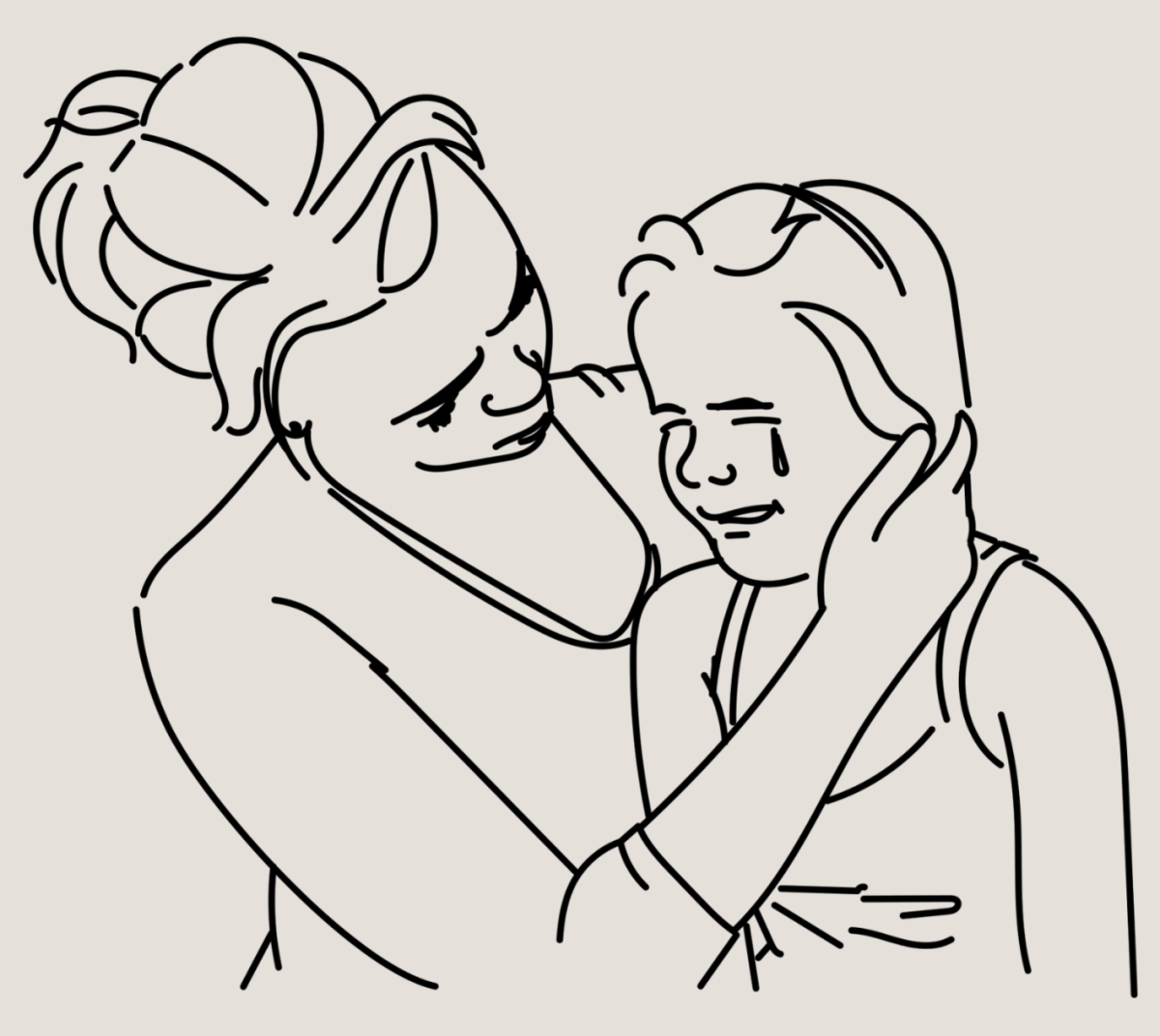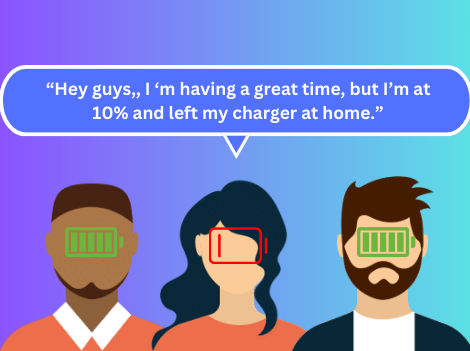
As junior Sawyer Cowan walks up to present, he begins to drown in his own sweat and his whole body tenses up. As if a deer in headlights, he is frozen, unable to move. Although he has spent the last few weeks preparing for this presentation and also knows the information like the back of his hand, he still feels the fear of getting up in front of 1,000 beady eyes to present his English project.
“You know I can’t pinpoint it, but I think it has to do with how I overthink. [I] get in my own head and then the rest goes downhill,” said Cowan. He isn’t alone. Many are in the same boat when it comes to public speaking or even outward expression. He also believes that this has the ability to heavily affect his engagement within any given classroom.
“You know I can’t pinpoint it, but I think it has to do with how I overthink. [I] get in my own head and then the rest goes downhill,”
— Junior Sawyer Cowan
This is common for many high school students. This can happen for two reasons. One, students are not the greatest public speakers and can be nervous in front of crowds. Or rather in Cowan’s case, he has a severe case of introverted-ness.
Teens are typically categorized into two groups. One is extroverts. Extroverts are typically outgoing or outwardly expressive people. The people that follow this definition are the highest form of this type of personality. The other group are introverts. Introverts are typically shy or more reserved people. Again, this definition demonstrates the highest form of introverted qualities.
Throughout students’ academic life, they are designing a persona that will impact the rest of their life, even though they don’t realize it. They are creating their own unique personality through their choice of classes, social groups, clubs and extracurriculars. Although students differ in their personalities, according to Study.com, a psychology group that focuses on seeing the connection between education and students’ minds, conveys that extroverts do better in school due to the relative ease they have working in groups.
“I think it really depends on the class and the subject, most human beings by nature learn better together, but there are some of course that like to sit alone and read a book and that’s how they learn… everybody has different learning styles…[however] the world is collaborative right and so I think that there is a lot of skills that aren’t hard academic skills that we can learn and grow from in a more extroverted way in group work or group collaboration,” said AP U.S. History and AP Seminar teacher Brandon Maze. However, he also adds that there is a “downside of being too extroverted and being focused on the wrong things and therefore being less productive,” said Maze.
There are many pieces of data proving the correlation between the personality traits of teens and their engagement in the classroom. One experiment, done by the Gallup student poll, tests how many people are considered engaged through five categories. They found that depending on the five factors, those factors being their relative agreeableness, how conscious they are of their surroundings, their emotional stability, their openness to try new things, and their level of energy/socialness, many students are under-testing for school engagement. After receiving polls on 500,000 students, they found that about eight in ten elementary students are engaged with school. They also found that by middle school the number falls to six in ten students. Lastly, by high school, only four in ten students are considered engaged. From this data, educators realize that engagement is far higher when students are extroverted rather than when they are introverted.
Studies show that from the beginning of elementary school to the end of high school, engagement drops from around 76% down to just 44% in the course of 12 years. However, teachers are finding ways to combat this decline in engagement. They took polls on five different types of teaching strategies. The types were discussion, cooperative learning, lectures, role-play, and brainstorming. Through this test, they found that co-op learning featured the highest engagement when done correctly. They also found that lectures caused student engagement to be not quite, but next to zero.
There’s one more group many have never heard of. When asked, only 30% of students heard of something called Ambiverts, according to Science Direct, a group of scientists and doctors who experiment with the correlation between personality and engagement in class. Ambiverts are a balance of introverted and extroverted features, sometimes varying one way over the other.
“I believe that ambiverts have it easiest, when they want to be quiet they have the ability to and when they want to be outgoing they can do so as well.”
— Junior Ivy Beyerlein
“I believe that ambiverts have it easiest,” said junior Ivy Beyerlein, “When they want to be quiet they have the ability to and when they want to be outgoing they can do so as well.”
If teachers want their classrooms to be buzzing with student engagement, then they have to realize that their methods of teaching cannot stay the same. Just as the curriculum of what teachers are meant to teach changes, they must also change the strategies they have been using to teach the information. They have to first recognize that all students cannot learn in the same manner, then they can address these changes and finally, tweak lessons to accommodate for all students.
There is hope for introverts though. Maze, despite his ‘introverted-ness,’ became a teacher.
“In my private time I am a very private introverted person, I really enjoy helping people so I think that extroverted nature of being able to interact with people and getting enjoyment out of it formed my decision to be a teacher,”
— Brandon Maze, AP Capstone, AP Seminar and History teacher
“In my private time I am a very private introverted person, …I really enjoy helping people so I think that extroverted nature of being able to interact with people and getting enjoyment out of it formed my decision to be a teacher,” said Maze. Typically, many people think that teachers lean toward the extroverted side. However, it truly doesn’t matter which side you ‘choose’ as your personality doesn’t have to determine your career choice.
It’s crucial that during a teens years they are exposed to many different backgrounds so that just like everyone, they can create their personality, but it’s also on teachers to work with their students to assist them so that in a classroom setting they can receive the same education.



